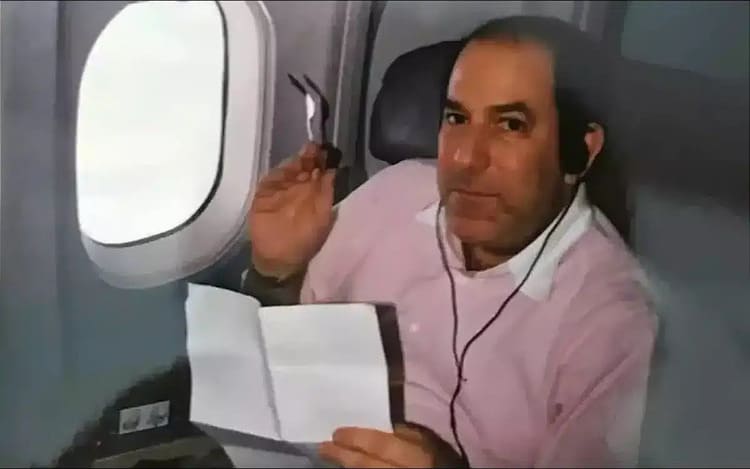In the world of aviation, there are loyalty programs… and then there was AAirpass — the ultimate “all-you-can-fly” deal that was almost too good to be true.
Back in the 1980s, American Airlines launched a program that promised lifetime, unlimited first-class flights for a one-time fee.
Sounds like a dream, right?
Well, for a few savvy travelers — it absolutely was. For American Airlines, it turned into a financial nightmare.
This is the story of how one man’s golden ticket to the skies became a multi-million dollar loss for one of the biggest airlines in the world.
The Birth of the AAirpass: A Big Idea in Desperate Times
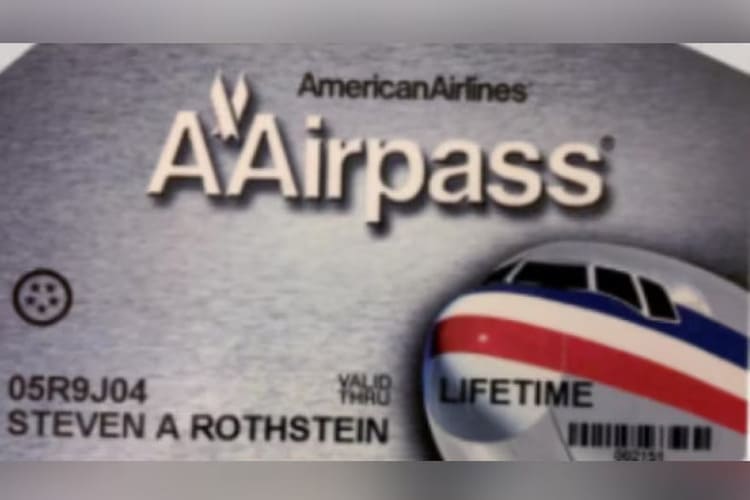
Let’s rewind to 1981. American Airlines was in financial trouble.
Like, really deep turbulence. Interest rates were sky-high, fuel prices were volatile, and competition was fierce. In a bid to raise quick capital, AA rolled out a bold new idea: a lifetime first-class pass.
For $250,000, a customer could purchase unlimited first-class flights — forever. And for an additional $150,000, you could add a companion pass, which let a guest join you on every single flight.
That means if you woke up one morning and felt like flying from Chicago to Paris just for lunch, you could. No extra fees, no blackout dates, just flash your golden ticket and go.
It was a loyalty program unlike anything the industry had ever seen.
Enter Steven Rothstein: A Man Who Took “Unlimited” Literally
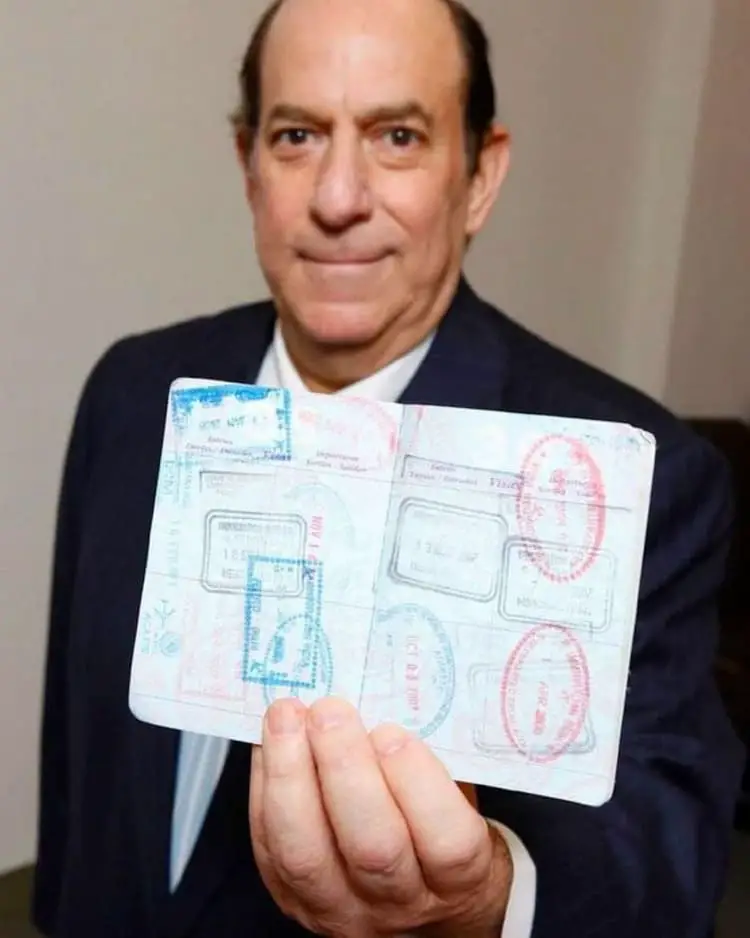
Among the handful of elite passengers who bought into the dream, one name would become infamous: Steven Rothstein, a stockbroker from Chicago.
He bought his AAirpass in 1987 at the age of 37. Just two years later, he added the companion pass, bringing his total investment to $400,000.
And from that point forward, Steven flew. A lot.
Like, 10,000 flights and 30 million miles a lot. That’s the equivalent of flying around the world 1,200 times.
He traveled to London for dinner, to Tokyo for a meeting, and sometimes just flew across the country and back for the fun of it. His former wife described it best: “Steven got on planes the way most people get on buses.”
Rothstein became a known face among flight crews. Flight attendants reportedly stocked his favorite snacks and knew him by name. For 20 years, he lived in the skies — first class, every time.
But in 2008, his jet-setting lifestyle came to a screeching halt.
The Day the Dream Ended
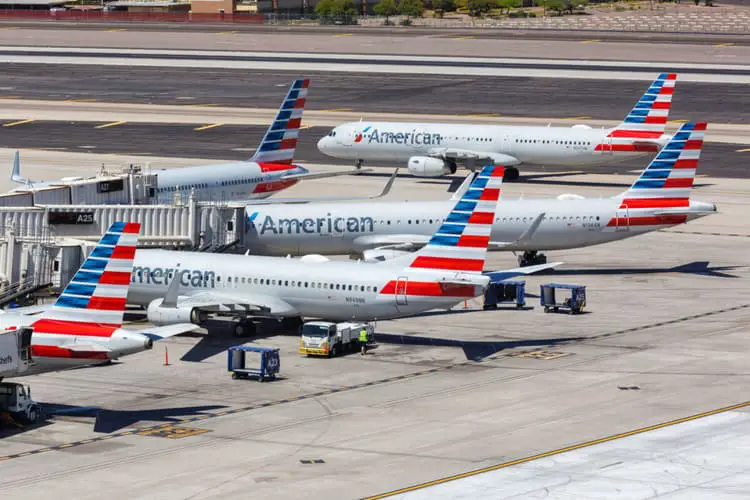
On December 13, 2008, Rothstein showed up at the airport like he had thousands of times before. He checked in for a flight to London, dropped off his bag, and walked toward the gate.
But just as he was about to board, an airline representative handed him a letter.
His AAirpass had been terminated. Effective immediately.
“I walked to the gate,” he told The Guardian, “and just as I was walking on the plane, they handed me a letter terminating the AAirpass.
Why did they let me go to the gate? Why didn’t they tell me up front?”
That moment ended two decades of unlimited luxury travel — and kicked off a legal battle that would shine a light on the inner workings (and regrets) behind the AAirpass.
Accused of “Fraudulent Activity”
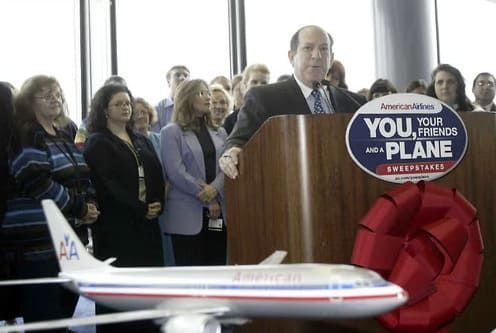
So why did American Airlines pull the plug?
The airline claimed that Rothstein had violated the terms of the AAirpass agreement.
Specifically, they said he was making “speculative bookings” — reserving companion seats under fake names like “Bag Rothstein” or “Steven Rothstein Jr.” to keep the seat next to him empty.
They also alleged he was giving away companion flights to strangers, or booking flights he never intended to take — tying up seats that could have gone to paying customers.
Rothstein pushed back hard.
He argued that when he bought the pass, the only rule made clear was that he couldn’t give the physical pass to someone else. He says he never sold it, never let someone else use it — and even turned down a $5,000-a-week offer to rent it out.
His wife and daughter supported him, saying he never even used a computer — all his bookings were made through American Airlines employees.
Still, the airline deemed his behavior fraudulent and revoked the pass. Rothstein sued. American Airlines sued back.
The battle dragged on… until eventually, both parties settled out of court.
The True Cost of Loyalty
By the time American Airlines canceled Rothstein’s pass, internal estimates claimed he had cost the company over $21 million.
And he wasn’t the only one. Another infamous AAirpass holder, Jacques Vroom, reportedly flew 38 million miles and was also accused of selling seats from his companion pass. His pass was revoked the same year.
At that point, the airline realized their brilliant idea from the ’80s had become a massive liability.
Bob Crandall, the former CEO of American Airlines and the man behind the AAirpass, later admitted: “We thought firms would buy them for top employees. It soon became apparent the public was smarter than we were.”
Eventually, the AAirpass was phased out entirely. In 2004, the airline tried to reintroduce a limited version of the pass for $3 million, but unsurprisingly, there weren’t many takers.
The Legacy of the AAirpass
Today, the AAirpass is legend.
Among frequent flyers, it’s spoken of in the same breath as Concorde flights and Pan Am lounges — a relic of a more glamorous (and slightly more naive) time in commercial aviation.
For flight attendants and airline insiders, it’s also a case study in what happens when loyalty programs aren’t built with guardrails. Rothstein didn’t technically break the rules — at least not the way they were originally written. He just played the game better than the airline ever imagined.
Was he abusing the system, or was he simply using the product as it was sold?
That question still divides opinion. Some say he scammed the system. Others say he just got the deal of a lifetime — and the airline had no one to blame but itself.
Final Thoughts
What started as a creative revenue strategy ended up becoming a PR headache and a financial black hole. But for the passengers who held these magical tickets, it was 100% real — until it wasn’t.
So, here’s the million-dollar question (or in this case, the £16 million one):
If you had the chance to buy a lifetime first-class pass, would you?
And if you were in American Airlines’ shoes, would you have pulled the plug on Steven Rothstein — or let him keep flying until the wheels fell off?
